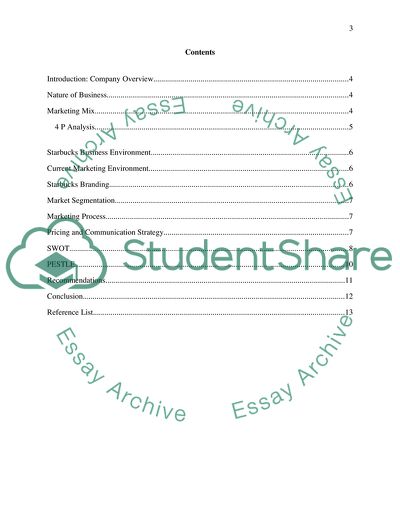Cite this document
(Marketing Analysis: Starbucks United Kingdom Case Study, n.d.)
Marketing Analysis: Starbucks United Kingdom Case Study. https://studentshare.org/marketing/1833060-conducting-a-marketing-analysis-for-starbucks-uk
Marketing Analysis: Starbucks United Kingdom Case Study. https://studentshare.org/marketing/1833060-conducting-a-marketing-analysis-for-starbucks-uk
(Marketing Analysis: Starbucks United Kingdom Case Study)
Marketing Analysis: Starbucks United Kingdom Case Study. https://studentshare.org/marketing/1833060-conducting-a-marketing-analysis-for-starbucks-uk.
Marketing Analysis: Starbucks United Kingdom Case Study. https://studentshare.org/marketing/1833060-conducting-a-marketing-analysis-for-starbucks-uk.
“Marketing Analysis: Starbucks United Kingdom Case Study”. https://studentshare.org/marketing/1833060-conducting-a-marketing-analysis-for-starbucks-uk.


